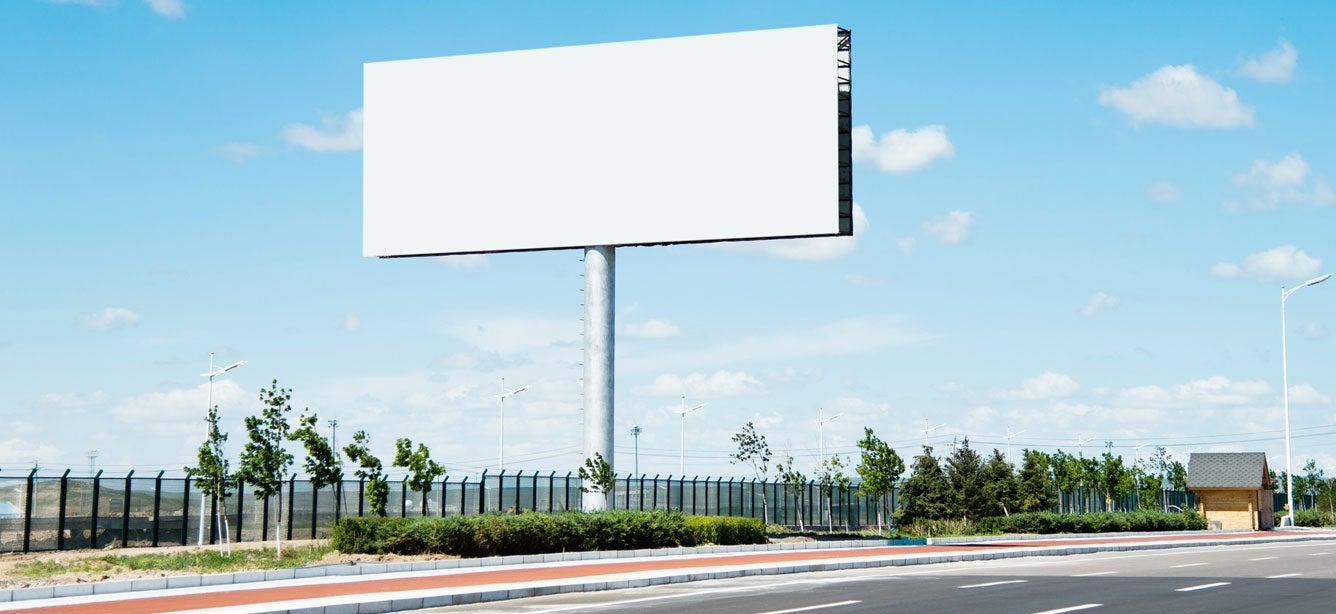How to Connect to Medicare Beneficiaries Who Have a Non-English Language Preference
7 min read

Approximately 8% of people with Medicare have a non-English language preference, according to the 2017 Centers for Medicare & Medicaid Services (CMS) Office of Minority Health report Communication and Language Needs of Medicare Beneficiaries. CMS defines these as individuals who have English as their primary language but feel more comfortable speaking or reading a document in a language other than English.
Aging and disability agencies supported by the Medicare Improvements for Patients and Providers Act (MIPPA) are tasked with connecting low-income Medicare beneficiaries with Medicare savings and preventive benefits. Keep reading to explore the different ways MIPPA grantees are using to connect and serve the over 4 million Medicare beneficiaries who require language services to fully understand and access their benefits.
Mapping languages in a community
Knowing where to focus outreach is important to the success of any strategy designed to increase enrollment into Medicare Savings Programs (MSP) and the Part D Low-Income Subsidy (LIS).
- Many grantees use NCOA’s data visualization tool that provides data on the demographics of low-income adults and how best to reach them as an audience. The tool can be used to identify locations of tthe highest percentages of LEP low-income older adults or those whose native language is Spanish and areas that may benefit from translated materials. The visualization tool also provides information on percentages of households with internet access, which can inform the viability of an online resources or outreach campaign.
- Grantees in states such as Florida. Pennsylvania, and Hawaii report having access to other databases that can help them target outreach efforts. The Hawaii State Health Insurance Assistance Program (SHIP), for example, recently created a MIPPA brochure and wanted to translate it into additional languages. The SHIP pulled data from the Hawaii Department of Business, Economic Development & Tourism that identified the top languages spoken in Hawaii. The staff then forwarded the list to their Federally Qualified Health Center (FQHC) partners that routinely serve a high non-Engilsh language preference population, to determine if the FQHC lived experience was consistent with the research. Based on the feedback from the FQHC, Hawaii SHIP decided to translate the MIPPA brochure into seven languages: Tagalog, Ilocano, Japanese, Mandarin (simplified), Korean, Marshallese, and Chuukese.

Partnerships help connect communities with benefits information
Grantees often rely on partners to connect to non-English-speaking communities. Partners are often long-established organizations that bring together individuals who speak the same language or share a similar background, faith, or provide a place for socialization and group activities. For example:
- A Missouri Area Agency on Aging (AAA) established a relationship with Latinos 417 and the Hand-in-Hand Multicultural Center and then hired a Spanish-speaking community member to further solidify the AAA’s connection within the local Spanish-speaking community.
- In Illinois, the SHIP uses the services of the Coalition of English-Speaking Elderly (CLESE). CLESE, which services the Chicago area, manages eight diverse host organizations that provide culturally sensitive educational materials, counseling, and application assistance to non-English-speaking Medicare beneficiaries.
- The SHIBA (SHIP) program in Washington state has contracted for many years with the Chinese Information and Service Center (CISC), a Benefits Enrollment Center in downtown Seattle that serves a largely ethnic Chinese population who may speak English, but often cannot read or write English. CISC is very adept at application assistance and outreach and is knowledgeable in Medicare-covered benefits and services.
- Washington State SHIBA is currently negotiating with the Seattle-Washington State Korean Association (SWSKA) for help with education and outreach to the Korean community. The partnership will include a statewide social media campaign focused on preventive and wellness benefits and targeting people who prefer Korean as their language of choice. SHIBA hopes the partnership will expand into application assistance but recognizes that it will take time and training for the volunteers to gain application assistance additional expertise.
Interpretation support
Many MIPPA grantees report having access to a telephone interpreter service that helps counselors communicate with the non-English language preference population. An interpreter services allow for a three-way conversation between the client, professional interpreter, and counselor. A number of grantees have a dedicated Spanish intake line, which addresses the needs of the Spanish-speaking population. Calls that require an interpreter can be lengthy given that the language and concepts around Medicare can be unfamiliar to both the client and the interpreter.
Minnesota SHIP has hired several staff members in the Twin Cities who speak Vietnamese, Somali, Hmong, Karen, Spanish, and Russian. Additionally, each AAA partner is required to have an active Language Line contract in place to ensure all callers receive interpretation assistance if needed.
Some grantees report relying largely on staff, volunteers, or partners to assist with non-English-speaking clients, with Spanish-speaking staff and volunteers being the most widely available resource. Grantees indicate that non-English-speaking clients may experience a delay having their calls returned, especially if the staff or volunteer interpreter is not available at the time of the initial call.
Translation of outreach materials
The percentage of non-English language preference Medicare beneficiaries ranges widely across states—from 0.25% in West Virginia to over 22% in California. Often, grantees in states with many such Medicare beneficiaries can rely on the state to provide bulk translated materials. Similarly, some grantees are able to have all their materials professionally translated; others turn to staff and volunteers for material translations.
Grantees recognize that relying too heavily on multilingual volunteers or staff can be burdensome, and some report using Google or Microsoft translator to first create a draft of a flyer or announcement, which is then turned over to a language fluent volunteer or staff person to review and edit.
A grantee in Alabama shared an experience that was voiced by a few grantees regarding in-house translations. Staff members or volunteers have expressed reluctance to act as translators for anything beyond a basic notice or flyer. The uncertified translators worry about mistranslation around Medicare benefits and do not want the agency or themselves to be held liable for misinterpretations.
A grantee from Oregon raised an important issue on effective strategies to gauge the effectiveness of multilingual outreach efforts. She indicated that while they did increase the number of multilingual mailings and outreach efforts during open enrollment, they have yet to determine if they served more non-English-speaking clients.
Outreach efforts help connect to non-English language preference beneficiaries
Grantees have developed a wide range of outreach activities to connect to beneficiaries who need language translation. The most common are:
- Radio and TV programming and ads on non-English-speaking stations
- You Tube videos, Facebook ads, and social media posts in the languages specific to their service area
- Print outreach materials including newspaper ads and articles, newsletters, flyers, and billboards
Additional examples of grantee outreach efforts:
- New Hampshire is looking to increase their outreach to people with a non-English language preference by connecting with local faith-based organizations such as mosques, temples, synagogues, and other congregations.
- North Carolina developed a yearlong digital advertising campaign for LIS/MSP and Medicare preventive benefits with messaging in English and Spanish that runs in local Department of Motor Vehicle (DMV) offices across the state. News, information, and entertainment—and now MIPPA messaging—is broadcast via satellite onto large format, high-definition flat screen television strategically placed inside DMV offices, reaching thousands of residents annually who are waiting to complete transactions inside the DMV.
- Several states have expanded their pharmacy bag program to include notifications in Spanish as well as English.
- One Connecticut AAA created YouTube Live videos on MIPPA benefits in multiple languages and has also created materials in both Turkish and Albanian.
Additional resources
CMS has created two new resources, the Facing Challenges Postcard (Product # 12162), and the Facing Challenges Poster (Product # 12163), to inform caregivers about Medicare Savings Programs. The publications are available in 17 languages and can be ordered along with other publications from the CMS Product Ordering Website.
If you would like to share how you are connecting to non-English-speakers in your community or have any question or comments, please contact ann.kayrish@ncoa.org.



